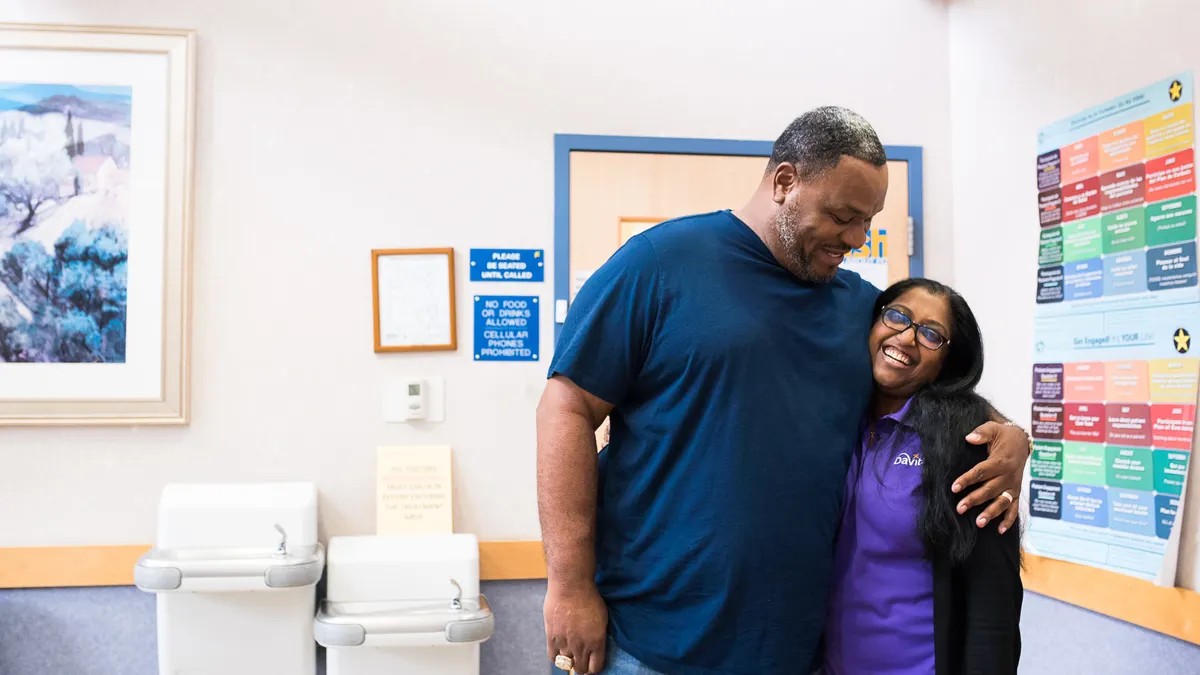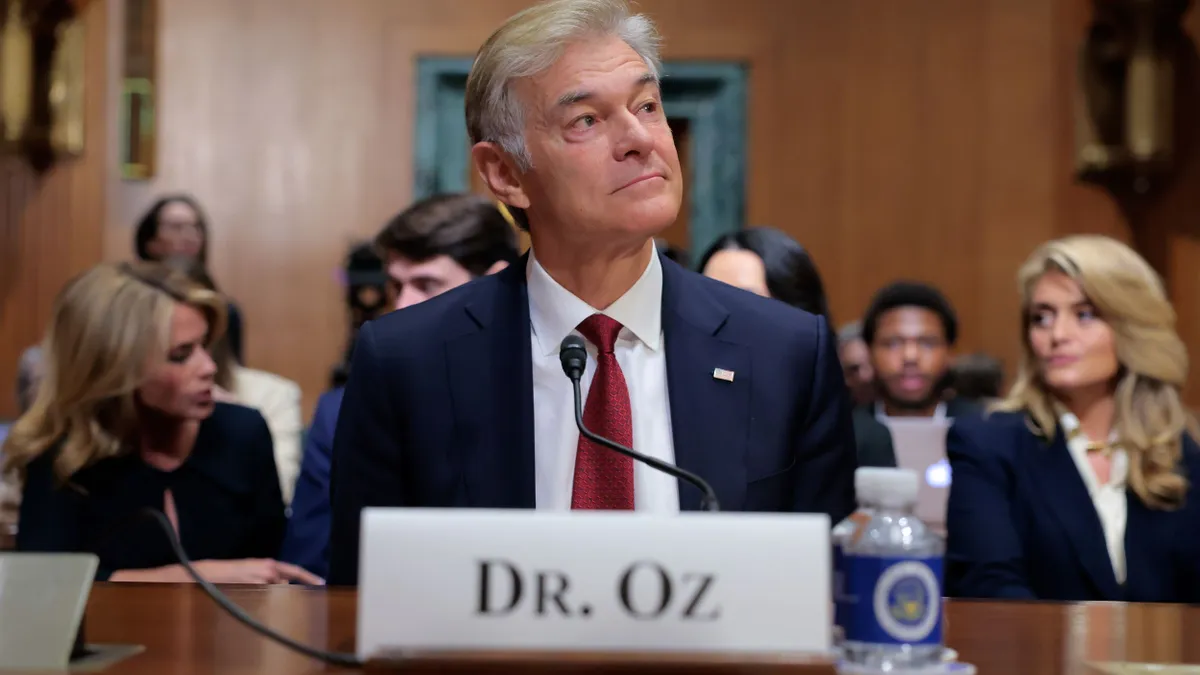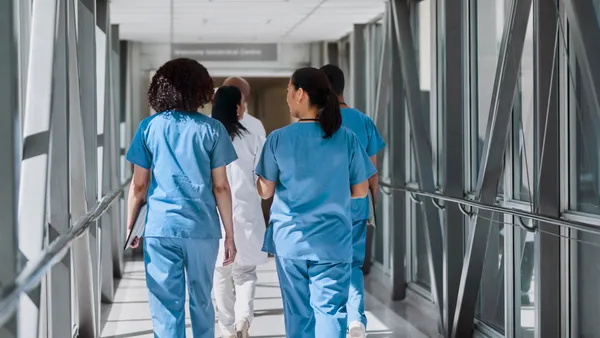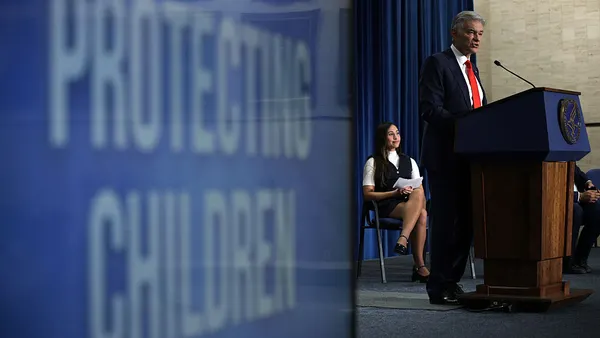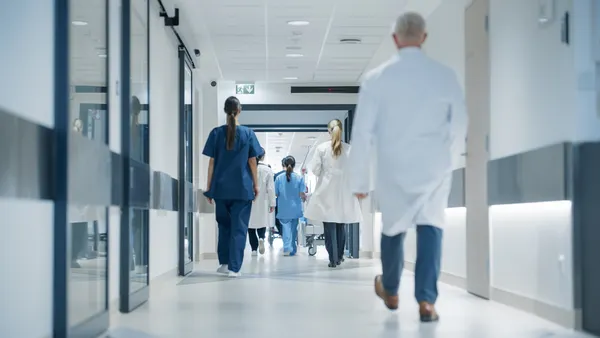The profound reality of a critical shortage of kidneys available for transplant remains an urgent issue that demands our immediate attention. I have seen firsthand the heart-wrenching impact it has had on patients, many of whom face the frustration and even fear of waiting years for a transplant — making them feel as though their lives are on hold for a promise that, for many, may never be realized.
The statistics are sobering: According to the United Network for Organ Sharing (UNOS), more than 90,000 people are currently on the kidney transplant waiting list in the United States alone, yet only a fraction receive the organ they desperately need. People who do receive a transplant wait an average of three to five years, often longer. The current system, while remarkable in many respects, is falling short of meeting the rising demand and failing to fully serve the people it was designed to support.
While this shortage is troubling, it also serves as a wake-up call — a call for innovative solutions and concerted action.
We cannot accept the persisting disparity between supply and need as we work to bridge the significant and serious gaps to improve access to transplantation for anyone eligible and interested in pursuing it. And while organ supply is serious and cannot be overlooked, the kidney care community must also look at the system changes necessary to create a more effective system for all patients.
Xenotransplantation has emerged as an exciting and promising innovation on the horizon. This field holds immense potential to revolutionize organ supply, offering a future where the scarcity of donor organs could become a distant memory. However, the technology is still nascent, and we remain years away from its widespread realization and scalable implementation. Significant research, regulatory considerations and even ethical questions must be addressed before we can fully unleash the potential of xenotransplantation.
It's critical we continue to invest in these innovative approaches, but it’s just as vital that the kidney community and the transplant community work together on immediate and impactful solutions to help people now, too. Living donation, for example, offers a direct and often faster path to transplant than the current national waitlist. It reduces wait times, allows for scheduled surgeries, and often results in better long-term outcomes. Despite its benefits, living donation remains underused.
Throughout my career, I have been dedicated to understanding how we can shift our approach to kidney care: facilitating earlier diagnosis, focusing on preventive care and early interventions, and increasing access to transplantation. And at DaVita, shared clinical experiences like mine help inform our approach: Innovation is crucial, but not always enough; rather, we need to leverage that innovation in a comprehensive approach.
This comes into play in how we connect with patients, providing education through DaVita’s Transplant Smart education and engagement curriculum, and offering support and guidance on the transplant process and the benefits of living-donor transplantation. Often, the transplant process can be difficult for patients and their loved ones to navigate, and we’ve found that they can’t take action on what they don’t know or understand. We’re working to change that for patients. To do so, our comprehensive approach also means we’re evolving and strengthening our relationships with nephrologists and transplant teams to prioritize open, collaborative communication and help patients meet and maintain eligibility requirements.
Creating a collaborative system has helped guide us as we invest in innovative solutions, from investing in new organ supply solutions to implementing the right tools and platforms to enhance our work.
MedSleuth is a transplant software company, and it’s Kidney MatchGrid technology offers an opportunity to amplify the impact of living donation. An advanced optimization algorithm platform that’s designed specifically for paired kidney exchange and transplant chains, MatchGrid rapidly identifies compatible matches between incompatible donor-recipient pairs, allowing for “swaps” and even extended chains of donations where a willing donor gives a kidney to a stranger to initiate a domino effect. So even when a direct match isn’t possible, a life-saving transplant can still occur.
Now implemented in all DaVita centers in the U.S., MedSleuth’s flagship platform, BREEZE, enables multi-directional, cross-functional communications that keeps key stakeholders — the patient, transplant team, nephrologist and DaVita care team — updated on the patient’s progress and clinical needs and allows for secure data sharing to ease the administrative burden of tracking progress across multiple care locations. This radical transparency is a game-changer. Too often, patients are left in the dark about where they stand in the process while teams spend time reconciling data from across providers, and administrative burden that takes away from direct patient care.
As work continues to transform the transplant system to introduce much needed efficiency and increase its effectiveness, kidney care providers must also work to reduce the burden on the system. That is to say, it is equally important to prioritize preventive care and early intervention for kidney health concerns. By working across the healthcare community, DaVita is invested in fostering better kidney health literacy, creating education on protecting kidney health before medical intervention is needed and providing upstream care that aims to slow or, when possible, kidney disease progression. Through partnerships with organizations like the American Diabetes Association and events like our annual community health initiatives, which provide education and screenings, we want to make kidney care a priority for all people, not just those who require transplant or dialysis.
At DaVita, we believe that our comprehensive approach to transplant — both contributing to the change we want to see in the system as well as changing the care experience before someone needs to enter the transplant system — can help create a more effective transplant experience and make a meaningful difference for the people we care for.

With a deep sense of purpose that has only grown stronger throughout my career, I am excited by the changes I see taking shape in the transplant world—and the promise it holds for tomorrow. And as DaVita continues to help drive change that affects the transplant system in different ways, there is still work to be done. By combining our efforts, we can work with others in health care to drive progress toward a future where kidney transplants are not only more available, but also where the need for them is more preventable. Together, we can create a reality in which no one has to wait in vain for a life-saving kidney.

